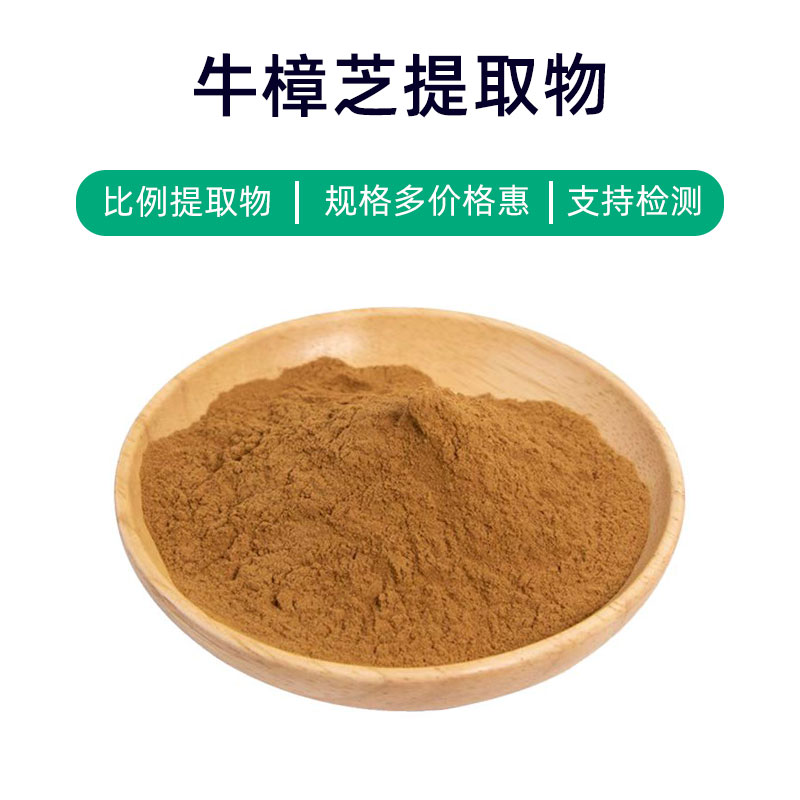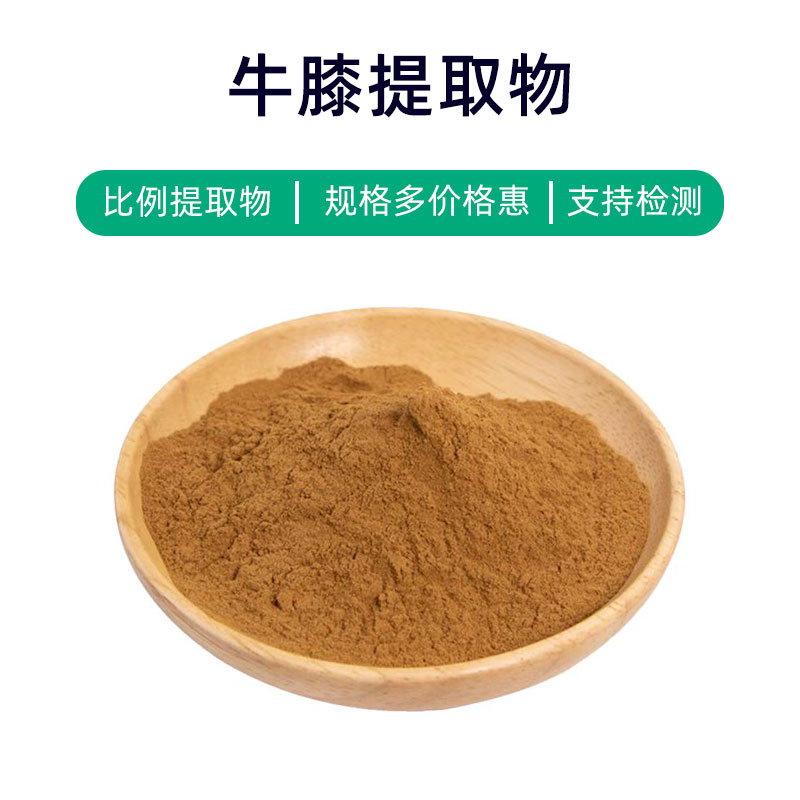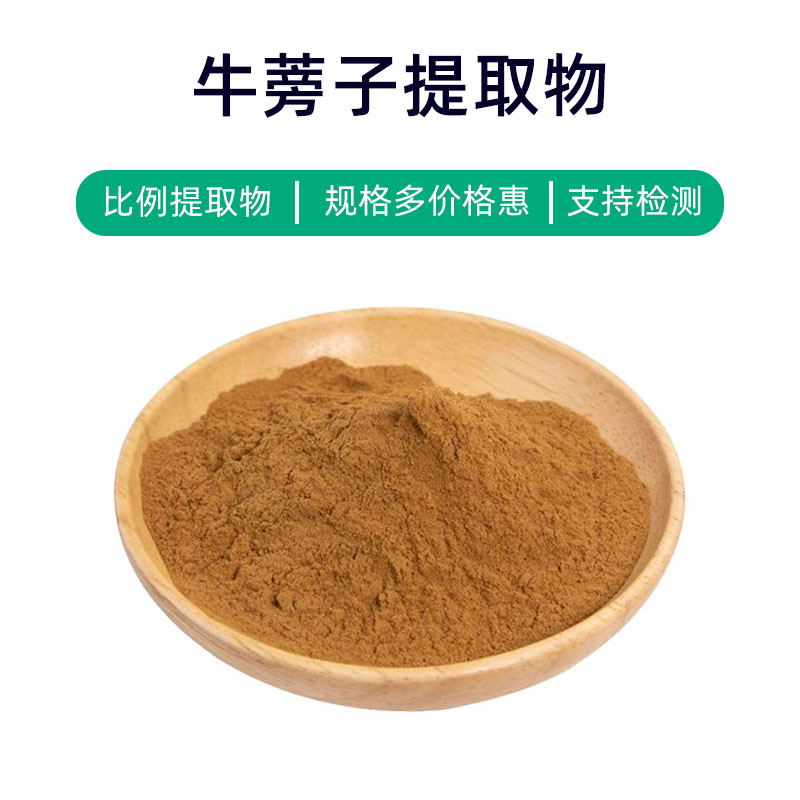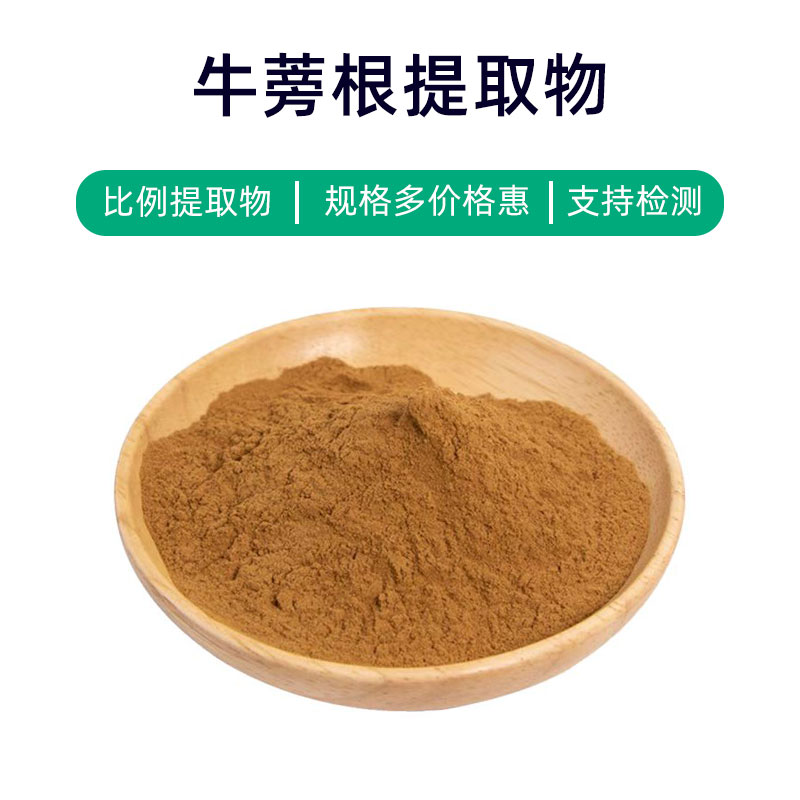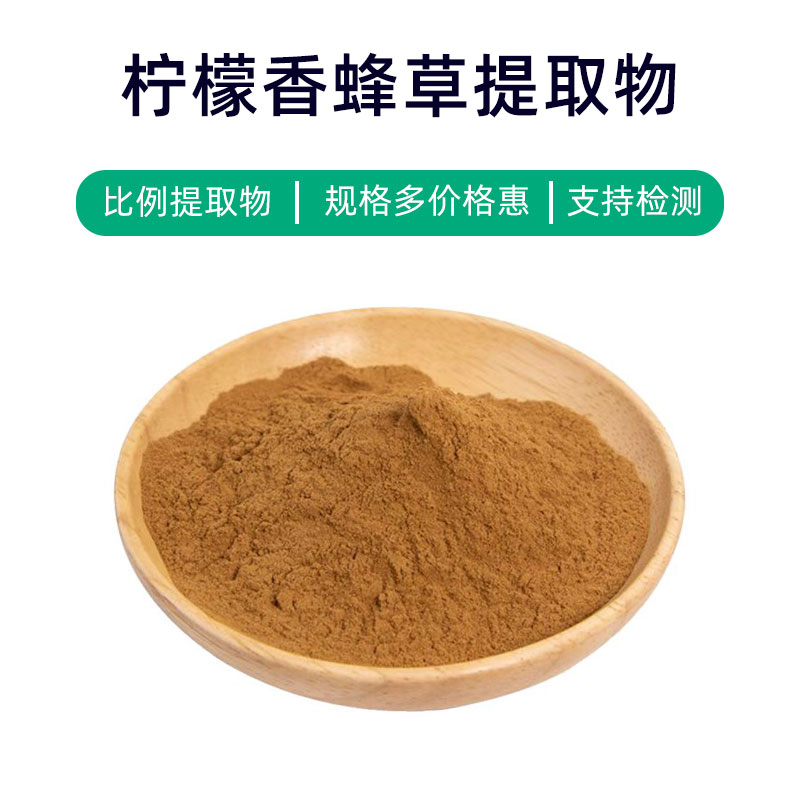Reed Root Extract Product Introduction
Reed root extract is a natural plant extract derived from the reed (Phragmites australis), with its main active components being flavonoids, polysaccharides, and tannins. These components give reed root extract various beneficial effects and applications.
Firstly, reed root extract exhibits antioxidant and anti-inflammatory properties, helping to protect the skin from free radical damage, reduce inflammation, and improve skin health. Its polysaccharide content further enhances the skin's moisturizing ability, making the skin softer and more hydrated.
Secondly, reed root extract is commonly utilized in cosmetics. It is found in skincare products, creams, masks, and serums, serving anti-oxidative, anti-inflammatory, moisturizing, and soothing purposes. Particularly for sensitive or inflamed skin, the effects of reed root extract are pronounced.
In the pharmaceutical field, reed root extract is also used in topical medications such as anti-inflammatory ointments and soothing creams to treat skin inflammation, eczema, and allergic reactions. Its anti-inflammatory and antibacterial properties help alleviate skin discomfort and promote wound healing.
Overall, reed root extract is a multifunctional plant extract with antioxidant, anti-inflammatory, moisturizing, and soothing properties, suitable for use in cosmetics and pharmaceutical products to provide care and protection for the skin.
Reed Root Extract Production Process
The production process of reed root extract generally includes the following main steps:
- Raw Material Collection and Preparation: Fresh reed (Phragmites australis) roots are collected as the extraction raw materials. The roots should be mature and free from pests or diseases, and they are then cleaned, impurities removed, and chopped to facilitate subsequent extraction.
- Extraction: The chopped roots are subjected to extraction by soaking or other methods using appropriate solvents (such as water, ethanol, etc.). During extraction, parameters like temperature, time, and solvent concentration must be strictly controlled to ensure extraction efficiency and quality.
- Concentration: The obtained mixture is concentrated, typically using evaporation or vacuum concentration methods to evaporate the solvent, leaving behind the concentrated reed root extract.
- Purification: The concentrated extract may contain impurities or unwanted components, which need to be purified through filtration, precipitation, crystallization, etc., to obtain a higher purity reed root extract.
- Drying: The purified reed root extract undergoes drying to remove residual moisture, preventing microbial contamination and extending storage life. Spray drying or vacuum drying methods are commonly used.
- Packaging: The dried reed root extract is packaged according to certain specifications and requirements, usually in sealed containers to protect against oxygen, moisture, and light.
- Quality Control and Acceptance: The finished product undergoes quality inspections, including appearance, color, odor, content, and purity tests to ensure compliance with relevant quality standards and regulations.
- Storage: Finally, the packaged reed root extract is stored in a dry, cool, and ventilated environment, avoiding direct sunlight and high temperatures to ensure product quality and stability.
Reed Root Extract Effects and Potential Side Effects
Reed root extract is a common traditional medicine with effects and actions primarily including:
- Anti-inflammatory Effect: Contains various active ingredients with anti-inflammatory properties, useful for treating various diseases caused by inflammation, such as rheumatoid arthritis and skin inflammation.
- Heat-clearing and Detoxifying: Exhibits heat-clearing and detoxifying effects, beneficial for treating conditions related to heat toxins, colds, and fevers, helping to reduce body temperature and eliminate toxins.
- Diuretic and Edema-reducing: Offers renal protection and diuretic properties, useful for treating edema and urinary tract infections.
- Respiratory Disease Improvement: Provides relaxation and relief for the respiratory tract, aiding in the treatment of bronchitis and asthma, which helps improve respiratory symptoms.
- Digestive Relief: Promotes digestion and alleviates digestive discomfort, useful for treating gastrointestinal upset and indigestion.
- Immune System Support: Rich in nutrients, it helps boost the immune system, enhancing resistance to infections and diseases.
- Antioxidant Properties: Contains various antioxidants that can eliminate free radicals in the body, reducing oxidative stress damage, aiding in delaying aging, and maintaining health.
Reed root extract is generally safe, but some individuals may experience adverse reactions, such as allergic responses or digestive issues. It is advisable to follow medical guidance and use it moderately. Special populations like pregnant women, nursing mothers, and children should use it under medical supervision. If any adverse reactions occur, discontinue use and seek medical advice.
Reed Root Extract Application Scenarios and Dosage
Reed root extract has extensive applications in the fields of medicine, food, and cosmetics. Below is an overview of application scenarios and dosage in these areas:
- Medical Applications:
- Rheumatoid Arthritis: Take 3-6 grams of reed root extract tablets orally, three times a day, for consecutive use.
- Cold and Fever: Take 3-5 grams of reed root extract granules orally, 2-3 times daily, can be mixed with water for consumption.
- Urinary Tract Infection: Take 10-15 milliliters of reed root extract liquid orally, three times a day, for 7-10 days.
- Bronchitis: Take 3-5 grams of the extract orally or in liquid form, 2-3 times daily, may combine with nebulized inhalation therapy.
- Food Applications:
- Often used to create health supplements, functional beverages, and food additives.
- Can serve as a natural antioxidant, preservative, and thickener in products such as juices, yogurt, and jelly, typically adding 1-5 grams per kilogram of food.
- Cosmetic Applications:
- Used in skincare products for its anti-inflammatory, soothing, and moisturizing effects.
- As a raw material in creams, lotions, and masks, the daily usage may vary by product but generally involves applying appropriately to cleansed skin and gently massaging until absorbed.
While using reed root extract, dosage and method should be based on specific symptoms and medical advice, and it's essential to adhere to product instructions or physician recommendations. Special populations such as pregnant women, children, or patients with specific conditions should consult a doctor. Additionally, discontinue use and seek medical treatment if any allergic reactions or adverse effects occur.
Introduction to the Origin, Distribution, and Growth Environment of the Source Plant of Reed Root Extract
Reed root extract is derived from reed (scientific name: Phragmites australis), a perennial herbaceous plant belonging to the grass family. Below is an overview of its origin, distribution, and growth environment:
- Source Plant:
Reed is a succulent plant native to the Mediterranean region, characterized by its low-growing herbaceous form and fleshy leaves with a distinct fragrance. Typically, it has multiple leaf clusters with long, narrow leaves and serrated edges on a smooth surface. - Distribution:
Originally found in North Africa, the Middle East, and the Mediterranean coast, reed is primarily distributed in countries like Morocco, Egypt, Spain, Greece, and Turkey. Due to its adaptability to arid and high-temperature conditions, it is also widely cultivated in tropical and subtropical regions worldwide. - Growth Environment:
Reed prefers warm and dry climates and requires bright light, typically growing in sunny areas such as grasslands, deserts, and rocky crevices. It is highly adaptable to various soil types, including sandy, loamy, and stony soils, but does not thrive in poorly draining soil. - Cultivation:
Reed can be propagated through division or seeding, as well as through cuttings and plant grafting techniques. During cultivation, it is crucial to maintain soil aeration and drainage to prevent root rot from overwatering. Proper temperature and light conditions are essential for healthy growth, ideally in the range of 68-86°F (20-30°C). - Value of Reed:
Besides being an ornamental plant, reed has rich medicinal and health benefits. Its leaves contain abundant compounds such as polysaccharides, flavonoids, and amino acids, widely used in pharmaceuticals, health supplements, and cosmetics.
Reed Root Extract Processing and Storage
The processing of reed root extract typically includes the following steps: First, fresh reed leaves are harvested, then peeled and spiked, extracting the effective components from the leaf flesh. Following this, extraction methods such as steeping, solvent extraction, or supercritical fluid extraction are employed to obtain the reed root extract. Finally, through filtration, concentration, and drying processes, the extract is prepared in powder or liquid form. For storage, the extract should be kept in a cool, dry environment away from direct sunlight and high temperatures, sealed to prevent moisture intrusion, ensuring the stability and quality of its active ingredients.
Monica Sun is a seasoned expert in the plant extraction industry with over a decade of experience in research and production. She specializes in the extraction and purification of plant active ingredients, focusing on driving innovation in natural product applications. Monica has participated in the development of multiple functional plant extracts, delivering high-value natural raw material solutions for the health food, pharmaceutical, and dietary supplement sectors.









